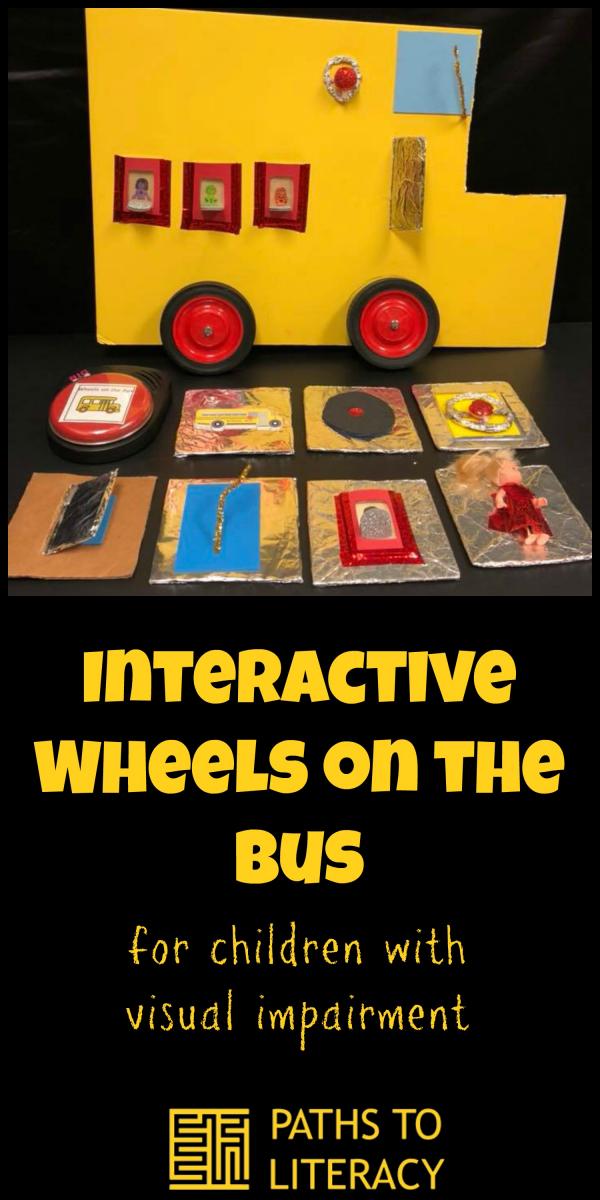Interactive Wheels on the Bus

Interactive "Wheels on the Bus" is a great way to engage children with visual impairments and multiple disabilities through more meaningful and active participation. I noticed that my students with significant multiple disabilities were often unengaged when the rest of the class was singing this song and I wanted to find a way to make it a more meaningful activity for them, where we could work on some of their goals. I made a cardboard school bus with moveable parts for students to move with the song.
Tactile Symbols for Each Verse
I began by creating tactile symbols for each verse. Each symbol is reflective to draw visual attention for my students with CVI (cortical visual impairment). I made a pair of symbols, so that one is on the bus itself and the other is on a cardboard card. This encourages students to work on matching and making choices. I created the following symbols:
- a yellow foam school bus to match to the bigger "bus"
- a black circle with a red center to match the wheels and hubcaps
- a silver "steering wheel" with a red horn that actually beeps
- a "door" covered with tin foil that opens and closes
- a gold pipe cleaner for the windshield wiper
- a coin slot for the money
- a doll for the people going up and down
If you don't know the lyrics to the song, you can find them here. (There are many variations and you can always come up with your own, using the child's name, etc.)
Using Real Objects to Add Meaning
Ideally it would be great to get onto the child's bus with him or her and explore some of these features, like the horn, the door, the wheels, etc. It is important to reinforce these concepts in the natural environment using real materials before introducing miniatures.
I added real wheels that actually spin and windows that really do go up and down. The horn also beeps!! (Okay, actually it squeaks because I took it out of a dog toy... but they still love it!)
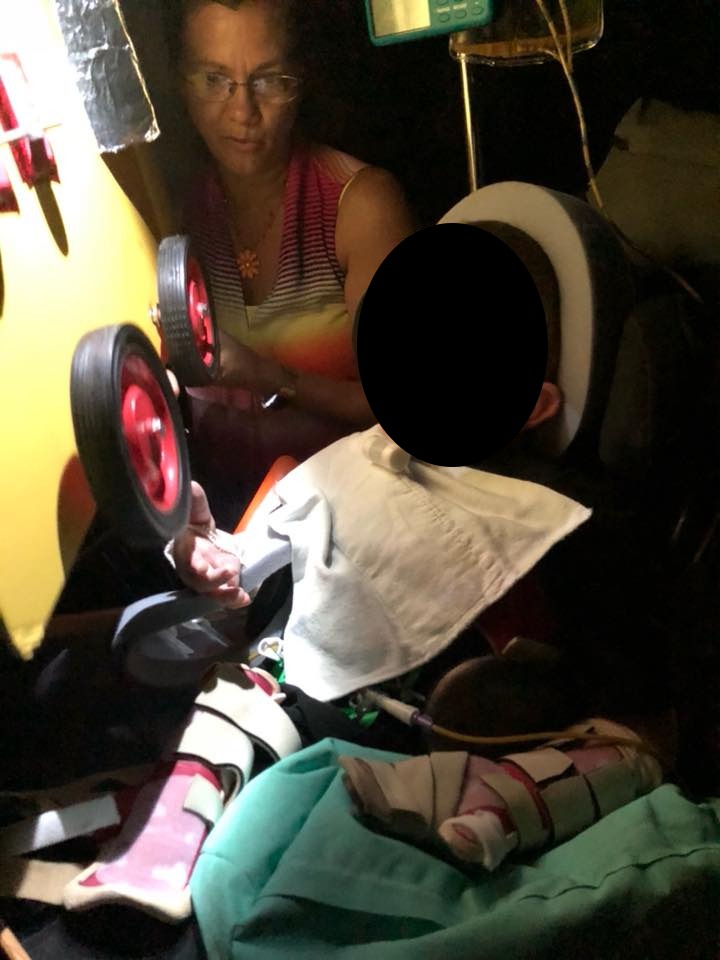
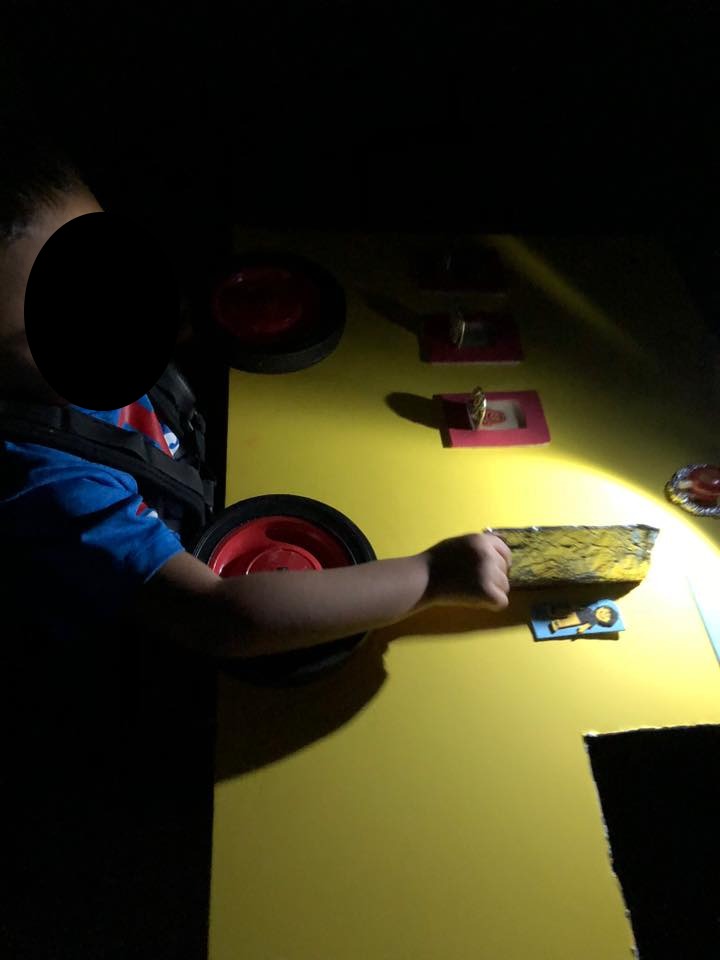

Scanning and Matching
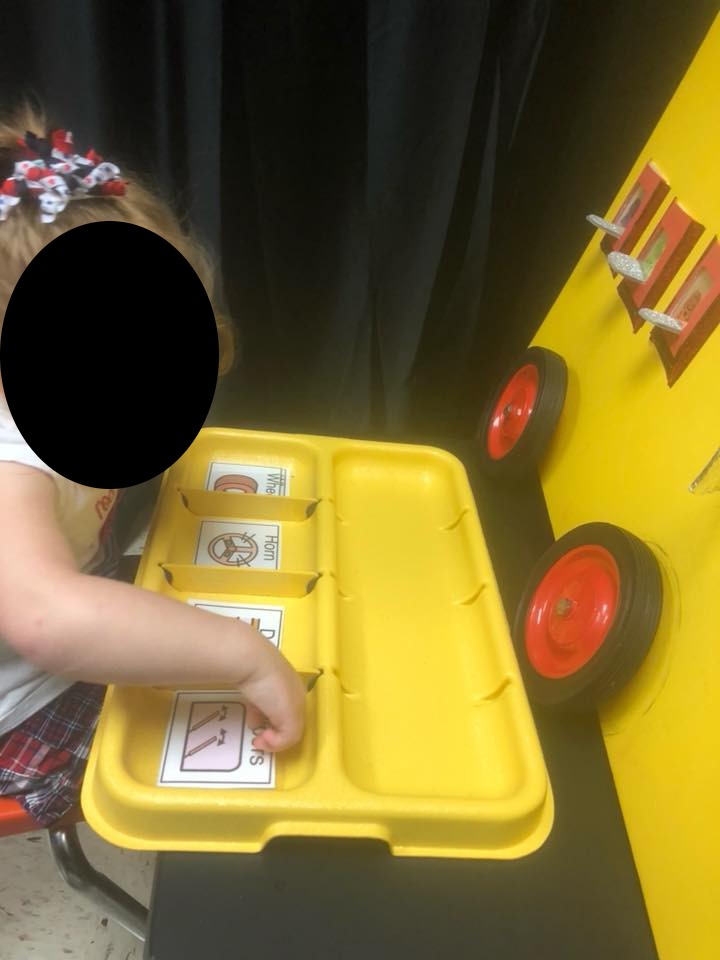
Add Auditory Element Using a Switch
The song is recorded on a step-by-step Big Mac switch for each verse.
Adaptations for Students with CVI
In addition to using reflective materials, as mentioned above, I have also made some other adaptations for my students with cortical visual impairment. I use a black background (such as the Invisiboard from APH) to minimize visual clutter. I sometimes take them into a separate room where I can turn off the overhead lights and use spot lighting directly on the relevant materials.
Adding the Wheels
I have been asked how to add the wheels, so here are some of the specifics. I used a lag bolt, “bushings” or spacers, and a nut and wing nut. I made sure that I used thick enough foam board to hold that on (in the first attempt, my wheels were too heavy). It was trial and error to figure out what would work to make them spin.
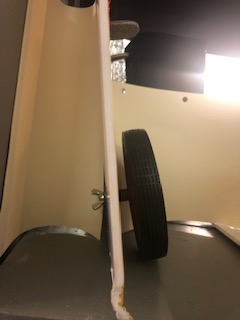
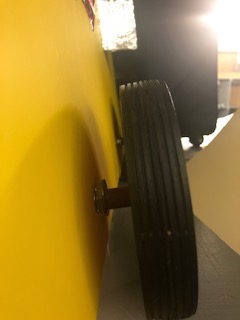

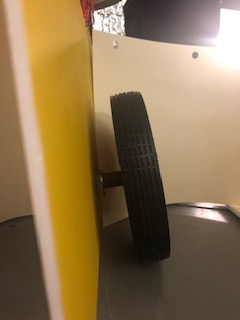
This has been a fun way to start off the school year!
